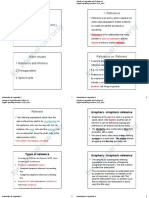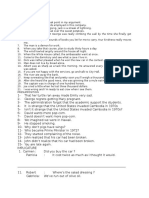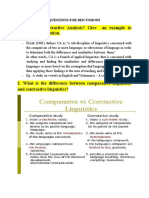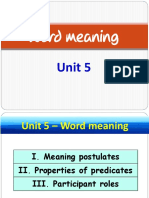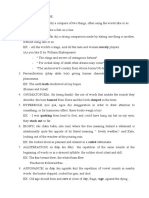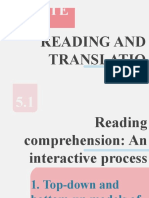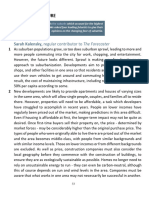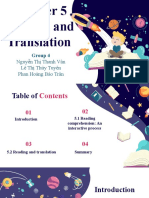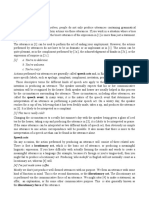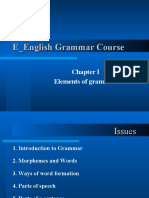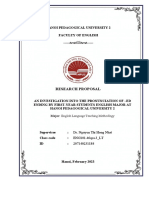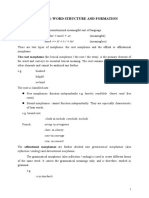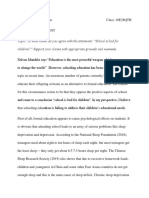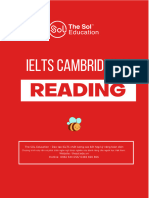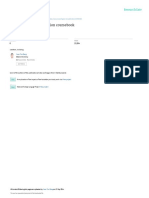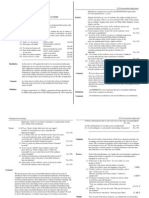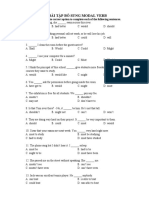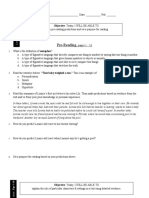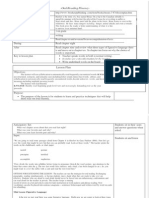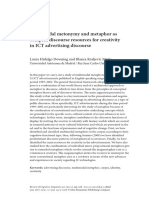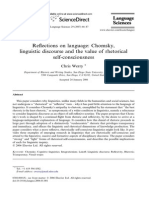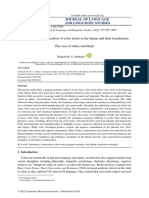Dr Sonja Filipović
COGNITIVE SEMANTICS 2023/2024
TEST 1 – COGNITIVE SEMANTIC ISSUES AND TYPES OF QUESTIONS
1. The interactive function of language. Identify and explain the interactive function
of language in the following utterances (speech acts, expressivity, affect, invoking
frames). For example:
This is the renowned professor I told you about. // This is the idiot who knocked me
off my bike. (the same person in both utterances)
I`m dying to see that film.
It`s draughty in here! (implication: a window should be closed)
2. Construal and the factors it involves – perspective, foregrounding, metaphor,
semantic frame. For example: Which factors of construal are involved in the
following utterances – identify and explain: I`ve broken the window. // A stone has
broken the window.
3. Semantic frames. Explain the meanings of particular words or utterances relying on
the characteristics of semantic frames or consequences of adopting a semantic frames
model (they are cognitive and cultural constructs; they are multidimensional; they
regulate valence relationships; word meanings are defined within frames; frames
provide a particular perspective; alternate framing of a single situation.
For example: Explain the negation in the sentence: She`s not skinny; she`s slim!
4. Figure-ground distinction. Identify the figure and the ground in the following
utterances and explain uncommon figure-ground arrangement (manipulation)
depending on a possible context.
The book [figure] is on the floor [ground].
Sheila [figure] went into the house [ground].
I want the house [figure] to be behind Susan [ground]! – possible context:
photographing the house
�5. Literal and figurative use of language. Determine literal and figurative uses of
language in the following examples. Are the figurative expressions metaphorical or
metonymic? Explain their cognitive or experiential motivations.
(a) It`s raining non-stop in Bergen.
(b) It`s raining in my heart.
(a)This new building is really big.
(c) This is a big job opportunity.
6. Conceptual metaphor and metonymy. Underline the figuratively used words and
identify the conceptual mechanisms (metaphor and/or metonymy) underlying them
(e.g. LIFE IS A JOURNEY/PART FOR WHOLE). For example:
Washington is negotiating with Moscow. PLACE FOR INSTITUTION
She loves Picasso. AUTHOR FOR WORK

